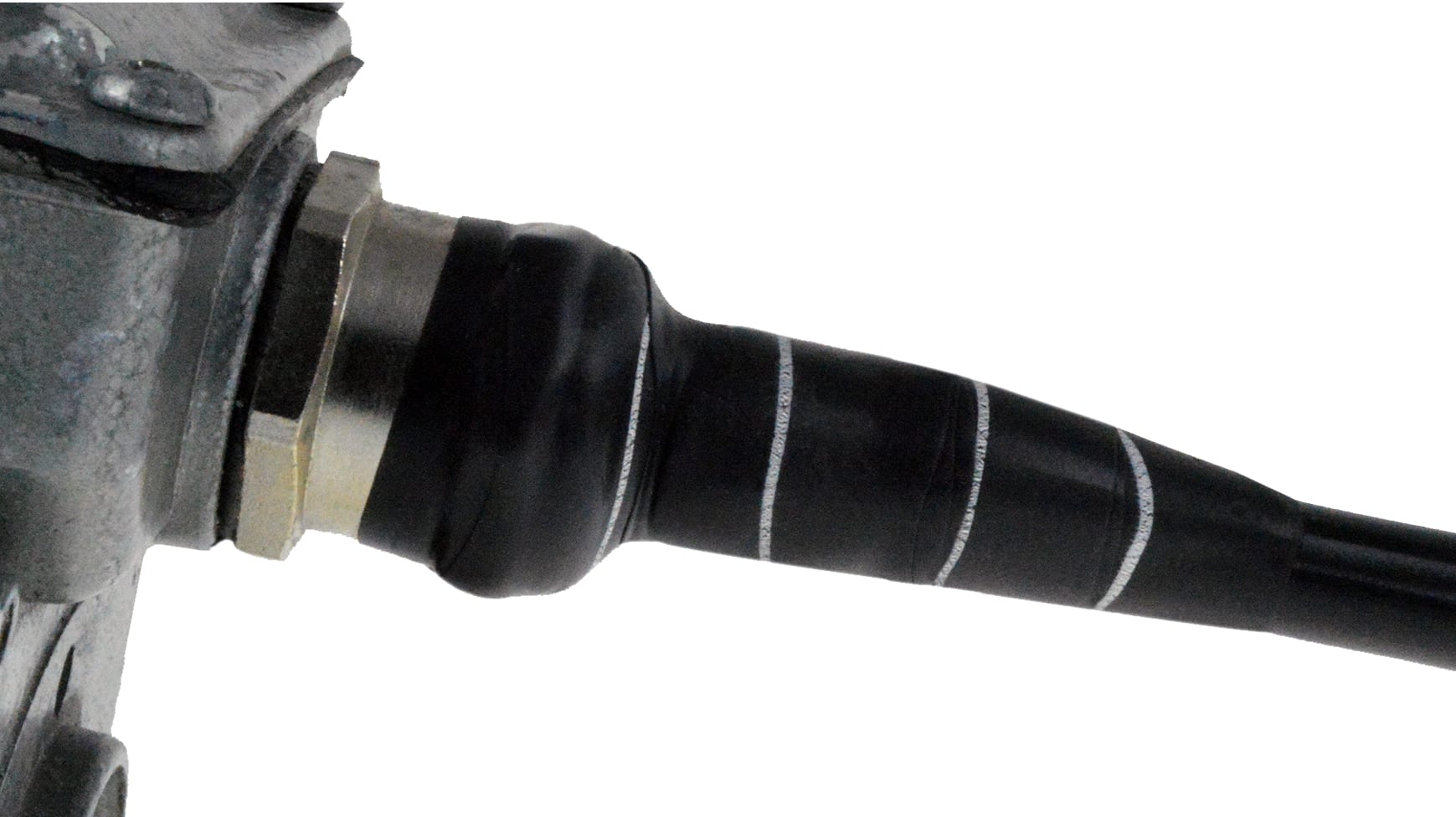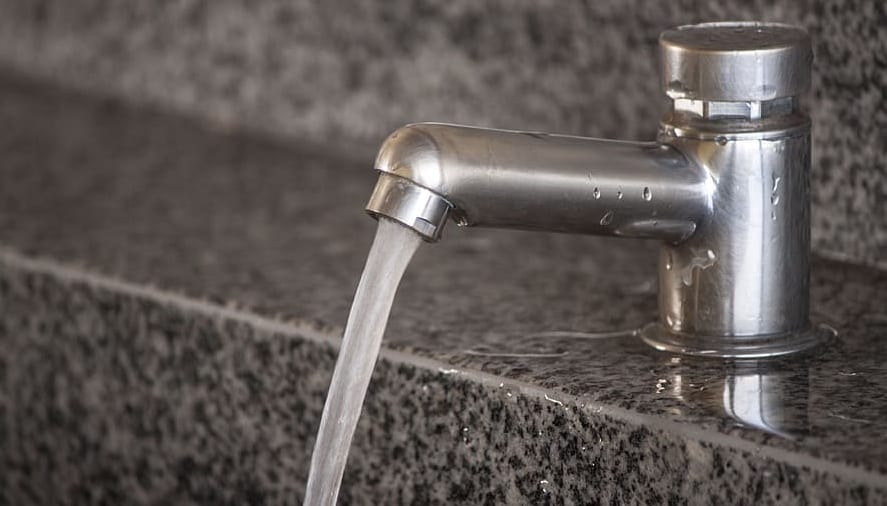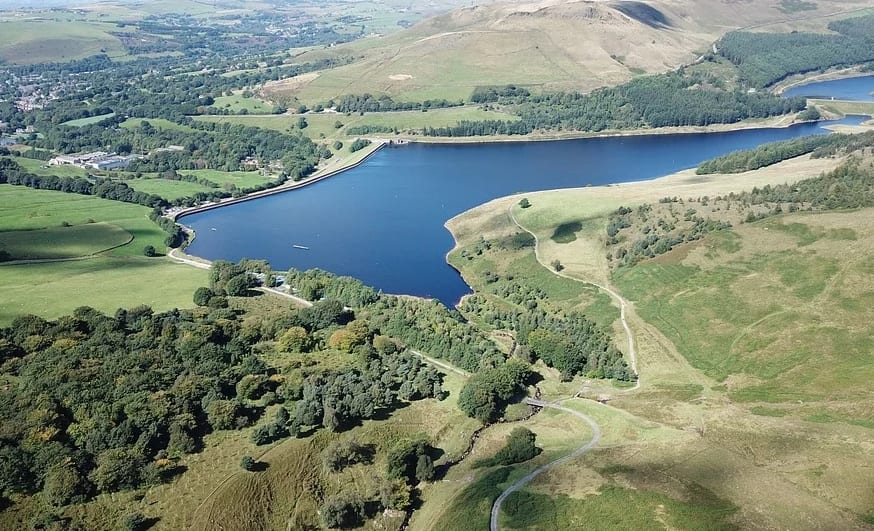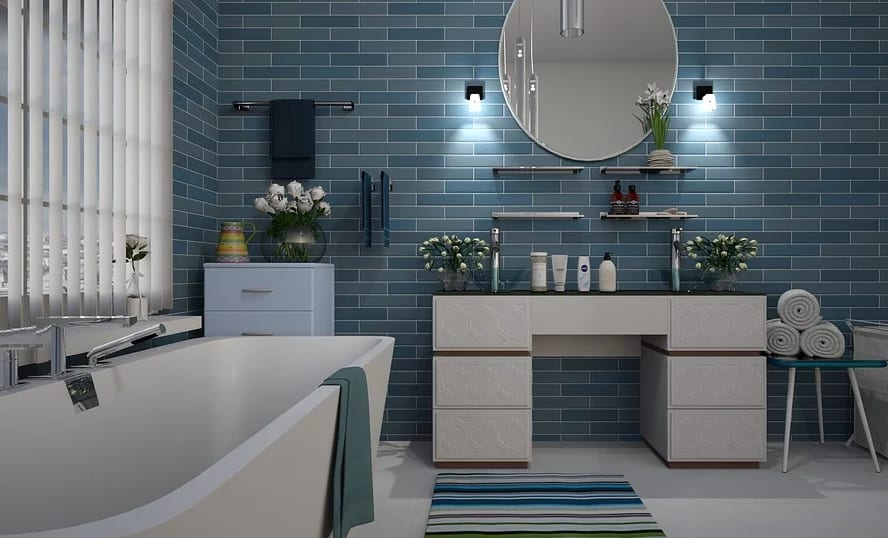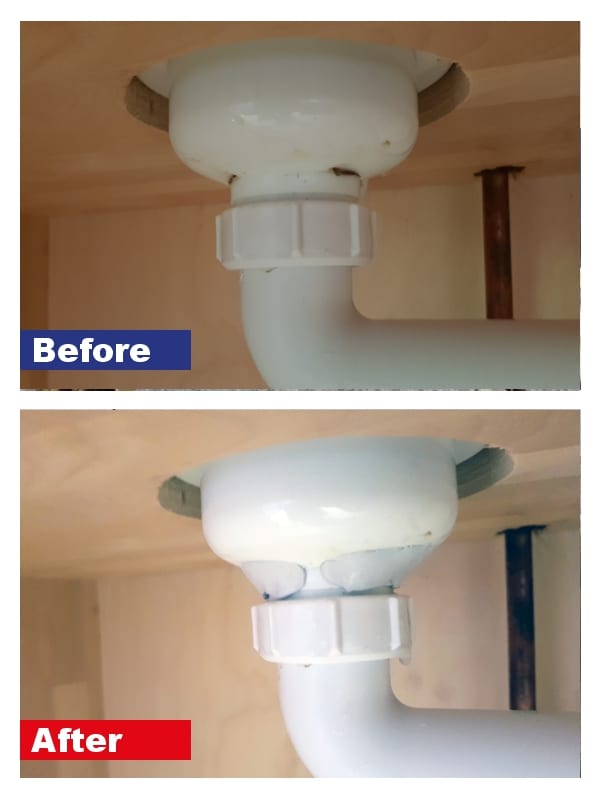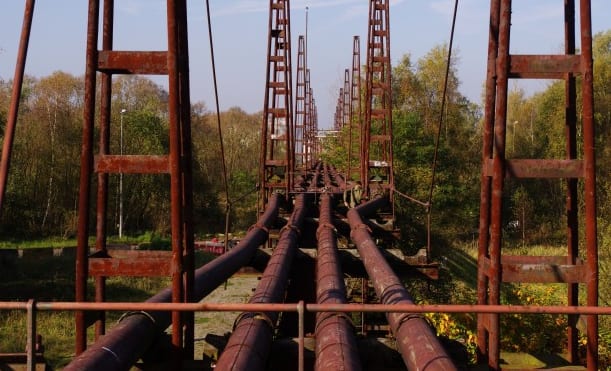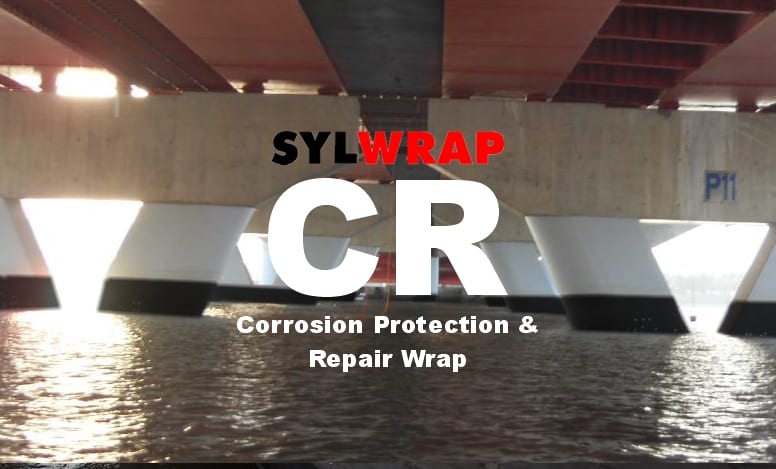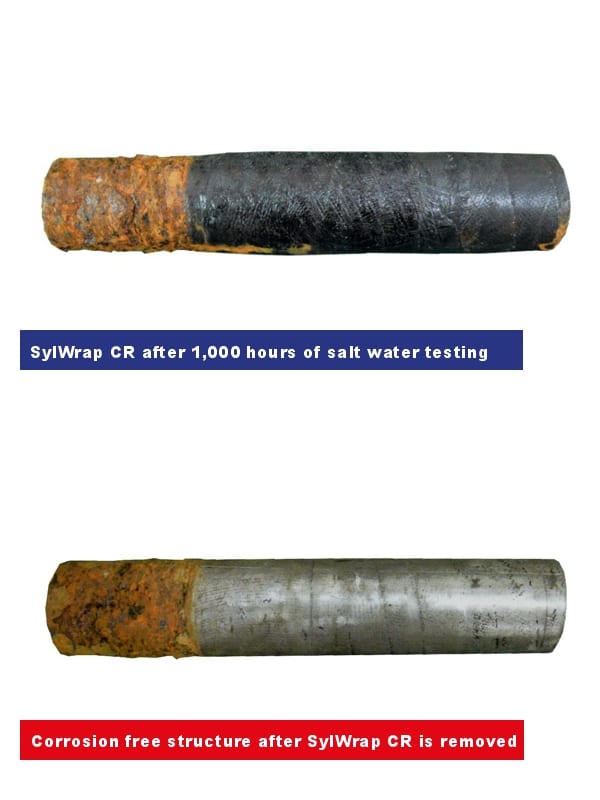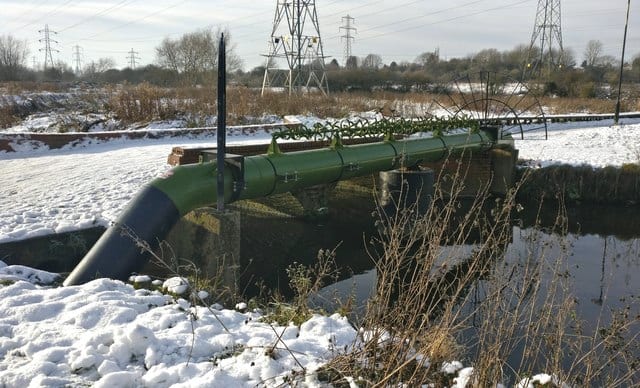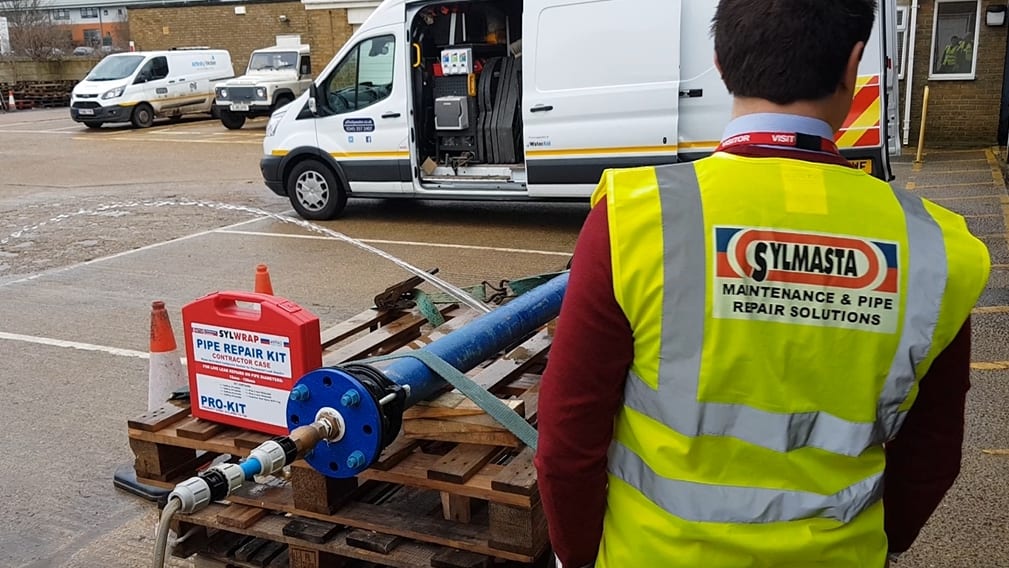
Last week, Sylmasta and Rouden kicked off their nationwide Pipe Repair Roadshow by visiting several water companies in the south of England.
The aim of the roadshow is to introduce utility services to Sylmasta’s Pipe Repair technology. 2020 represents the start of a critical five-year period for water companies in the United Kingdom, who have been told by the water regulator Ofwat that they must cut leaks by 16% by 2025.
That figure was laid down in the PR19 Document, the latest of Ofwat’s five-yearly reviews into the performance of the water industry.
The regulator says that this would save enough water to meet the needs of everyone in Birmingham, Bristol, Cardiff, Leeds, Liverpool and Sheffield.
With leaks responsible for 3.17 billion litres of lost water every day in England and Wales in 2017-18, solutions that can either strengthen pipes to prevent leaks from occurring or repair them quickly and easily when they do happen can help to save money and reduce waste.
SylWrap Pipe Repair products do just that. Each company on the roadshow was given a live demonstration of how the composite technology in a SylWrap Contractor Case works.
Sylmasta’s mobile test rig was quickly set up on-site, with repairs carried out to seal live-leaks on pipes of different sizes and different types of damage.
The Contractor Case has been designed so that it can be kept on standby in the van. It contains enough products to carry out multiple repairs, meaning that contractors have all the equipment they need to permanently seal a live leak on any pipe diameter inside of 30 minutes.
Sylmasta’s technicians led the demonstrations, highlighting the benefits of using SylWrap technology as a cost-effective alternative to traditional methods. They also took questions from the water company’s contractors about the products.
With Sylmasta determined to help reduce the cost of leaks to both the economy and the environment, the Pipe Repair Roadshow will be ongoing throughout the year.
If you work in an industry involving the maintenance of pipework and repairs are an ongoing issue, then Sylmasta will be happy to offer a free on-site demonstration to your team to explain how Sylmasta products can benefit your company.
Sylmasta composite repair solutions are not just restricted to water supply companies. Waste Treatment Works, Pumping Stations, Power Stations, Quarry Wash Plants and Petrochemical Plants around the world have all successfully used the technology to repair and strengthen pipework systems within their facilities.
To book your visit, please call or email Sylmasta and we will be pleased to assist you.

